A typical foreigner’s visit to Japan begins with the shrines in Kyoto, and possibly the megapolis of Tokyo. For many people, this is about the image of Japan that they have, and they walk away from it with an impression of it being a marvelously efficient concrete jungle that nevertheless has a profound mystery about it that keeps pulling on people to come back. Most foreigners who’ve been to Japan keep coming back to it for reasons they can’t quite adequately describe themselves, yet they are. Once the comfort zone of Kyoto and Tokyo is breached, people go a little bit further afield, possibly visiting Hokkaido, Hakone, Nikko and the general “second tier” destinations. Further afield yet, places like Miyazaki, Kumamoto, Fukuoka and so on come on the map, and maybe, just maybe, Okinawa makes an appearance somewhere. But nobody – ever – goes to Ishigaki. This is so far outside the normal travel zone of an average foreigner, that most have never even heard of the place, and with good reason: Ishigaki is far closer to Taiwan than it is to Okinawa, and most certainly than it is to mainland Japan. It’s almost an aberration that it’s Japan: one would think it should be some independent Polynesian nation or something.
Of course, I make it a point to visit random destinations (if this wasn’t clear as yet) and visiting somewhere people don’t normally go to is absolutely a huge draw for me. Plus it has an Intercontinental. Just to make it clear, though, Ishigaki isn’t exactly a forgotten island in the middle of the Pacific – there are two daily (direct) flights from Tokyo, one from Osaka, and a few more from the mainland from here and there, as well as one or two from Naha (Okinawa), so it’s most certainly a popular destination for the Japanese – I guess a little bit like Jeju is for Koreans, where you’ve never heard about it in your life but it’s the busiest travel route in the world (between Gimpo and Jeju). Foreigners are a little bit more rare, though. Also, this was a wonderful Aeroplan redemption (before they murdered intra-Japan rates) at 20K points round-trip, which is great value, considering tickets to Ishigaki are never below $400+ round-trip.
So first off, where the hell is Ishigaki? Let’s have a quick clip courtesy of Google Maps:
So you can see what I mean by it being far, far away (Naha, Okinawa is somewhere in between there). Flight distance from the mainland tends to be around 3.5 hours (it’s 1,205 miles from Tokyo, which is 54 miles more than the appropriate mileage band with Avios, which makes it very bad value on Avios). But more importantly, what is this place?
It is, fundamentally, unmistakably Japanese. This may be a blindingly obvious statement, but there is context to it. When you visit other Polynesian islands (and Ishigaki, just like Okinawa, is rooted in Polynesian culture), you notice a certain “island” feel, that is “different” from the mainland. Hawaii is like this (and the more outside Waikiki you go, the more so it becomes, yet more so on the other islands). Rarotonga is extremely like this, and Aitutaki is, as well. Tahiti, Maldives, all have this vibe (Maldives maybe a little bit less so what with the composition of the population and all). Ishigaki is not like this. The entire place is, in the end, Japan. You are constantly reminded of it, sometimes very subtly, like by the presence of paper towels for wiping hands in washrooms, or the omnipresent, but relatively out of sight, high-power communications antennae (you’ll have 4G connectivity everywhere you go, even in the jungle). Or by the hotel Internet connection downloading at 25 Mbits/sec. This is no longer Polynesia. This is Japan.
The experience sort of starts in the airport, where you don’t have tarmac parking (my usual gauge of how rural the place is). Maldives, Tahiti, Cook Islands are all “far-away islands” that have stairs deplaning. Not in Ishigaki: it’s Japan, so you have a normal jet bridge. You also have a huge car rental lot nearby, buses to the “city”, and so on. And of course, you have the Intercontinental Ishigaki.
Considering what an addict of chain hotels I am, it wasn’t even a discussion to book the Intercontinental. Top it up with the fact that I am a Royal Ambassador, and I figured something will work out, one way or another. Boy, was I right.
I got an email about a week prior from the head of Guest Services, who turned out to be a foreigner, which was somewhat unusual (Japanese hotels tend to staff Japanese in customer-facing roles). He introduced himself, said he’s looking forward to meeting me during my upcoming stay, and made a comment on the phone number registered on my account – “area code is familiar”, he said. Turns out he’s from the same city as I am, which is a bit of a shocker – that’s a long way from Ishigaki. We chat for a bit, and I build some great expectations of the hotel.
The hotel itself is an imposing building that’s been around for a number of years, but is kept in pretty decent shape.
The entrance has some Okinawan dragons that probably protect the property from points hoarders who try to get excessive freebies, but like most religious tokens, these are completely useless for that particular purpose.
The lobby has a wonderful staircase that descends into the lower levels that is the typical setting for wedding shots. There’s also a chapel in the back yard (which is very odd because the Japanese are hardly ever Christian, and the Okinawans are certainly more polytheist than monotheist) with a Mini Cooper convertible parked next to it all the time (it’s either the priest’s, or the chapel’s, or I don’t know what). It’s also about the only foreign car I’ve seen on the island.
On arrival, I meet the guy, and it turns out he’s been living in Ishigaki since the 1970s or so. For what it’s worth, he’s effectively a local, but it’s amazing to talk to someone from the same area. We chat, establish a good relationship, and I head to the room.
Our room is the only one in that wing.
Living room has an astounding view of the Pacific Ocean.
Bedroom is through that door. Quite honestly, I think this used to be two “small” rooms when the hotel was under previous management, and they merged them into one gigantic suite.
Bedroom. Two single beds merged into one jumbo-sized bed.
And here is the view. It’s a bit hard to see because it’s a panorama shot, but really and honestly, the only way to truly appreciate the magnificence is via a panorama shot, so just click to open it in a mega-huge version.
Basically, it blew me away.
Anyway, that’s enough about the hotel. Beyond that it’s a typical Japanese resort hotel – there’s a pool, breakfast isn’t included on points, and minibar was free – though sadly, the selection wasn’t great – some low-level whiskey/gin/etc minis, an Okinawan strong drink called Awamori (which is a variation on Japanese shochuu, neither of which I can drink, with the Okinawan being the far worse offender), some inexpensive wine, and a juice that I had no idea I’ve been missing in my life: it comes from a fruit called shequasar, a name I’ve never heard of, made worse by the fact that in Japanese it’s essentially called “c’est quoi ça?”, which obviously means “what’s this?” in French. Leaving aside that I rarely drink things that have odd names, just simply understanding the name of this thing was like being watching Abbot and Costello’s “Who’s on First” (or the modern-day George Bush remake by James Sherman). But having discovered it, I have no idea how I’ve lived without it all my life, and I’ll gladly fly to Ishigaki just to have more.
Incidentally, the language quirks obviously don’t end there. Saw this shirt in a kids’ store. Wonder what happens the other two days?
Anyway, moving on to the actual island itself. It’s basically rolling (tropical) green fields, straw roof houses, and generally low-rise housing (though there’s occasional medium-rise public housing development).
Surprisingly, despite there being at least a half dozen, if not more, flights per day – there aren’t that many people on the island.
Yeah, no high-rises.
Ishigaki being an island, obviously ships, fishing, and general water-related stuff are a principal source of food (though I suspect these days, the mainland provides a great deal of support).
Colourful shopping malls… are actually not plentiful. This is basically one of the only ones in the main city. And once again, not a great deal of people (despite me being there in Golden Week, which is normally peak travel season in Japan – so much so that the film Traffic (Juutai) basically made a whole story out of it!).
The island is 30km (~19 miles) long, which isn’t very long, but the amusing thing is how the car GPS estimates that it takes over an hour to drive it – as does Google Maps. Mainly this is because the speed limit is 40 km/h and both the navigation system and Google assume you’ll be driving at the speed limit… on empty roads which are generally straight and have pretty good visibility. Just odd.
This is the view from the northernmost point of the island. It’s actually rather breath-taking.
Looking right:
Just to be clear, the island isn’t just a tropical lush green paradise – since there is some volcanic history behind it, there are some cool stalactite caves to see. I don’t know why there’s an old woman sitting at the entrance to them, or why it costs 600 yen to enter (it reminds me of Ostap Bender charging to see the proval which is a particularly obscure cultural reference that you can ignore). The caves are cool, though.
I did a poor job taking other pictures there so that’s the only one. Once you’re through the caves, though, there’s a very nice lagoon that you can’t swim in, but you can at least visually enjoy.
The water is really that clear, by the way. Here’s a random underwater shot. Unfortunately, my quest for the “perfect” coral reef still continues (nothing, absolutely nothing has ever managed to match the Cook Islands, but hey… the search goes on).
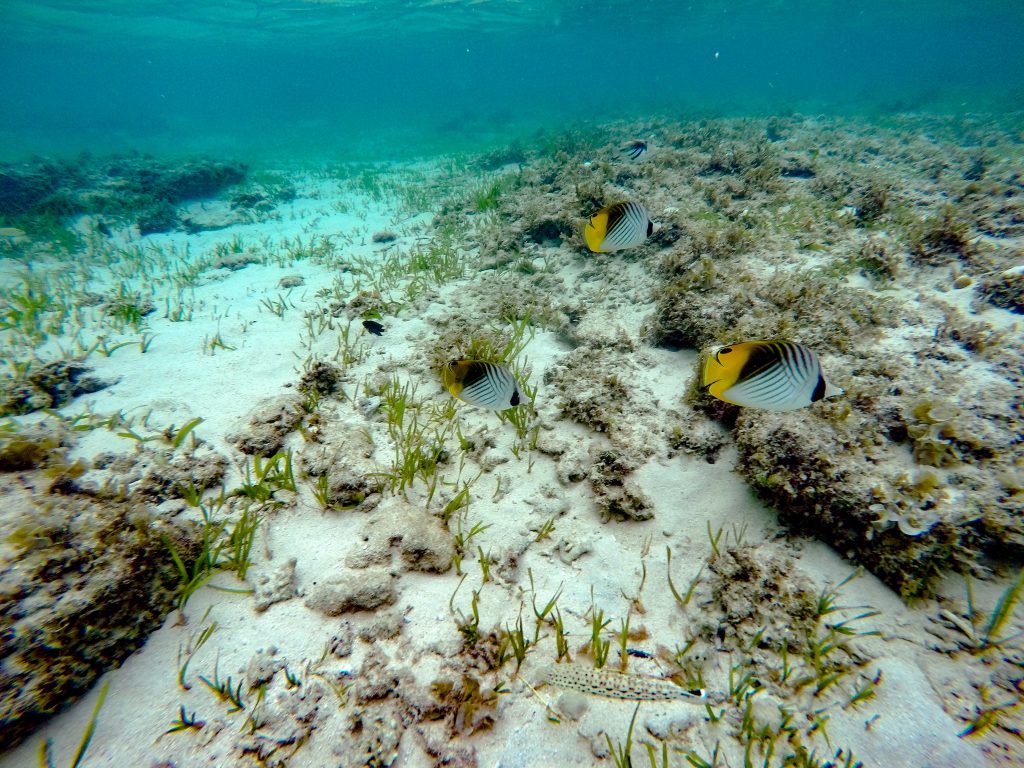
Of course, no island would be complete without a magnificent sunset shot. Still again, I’m failing to replicate the beauty of the Cook Islands, but here are a few second-tier shots.
A bridge nearby.
Look, there’s even life!
And as a bonus, here’s a funny one to further illustrate that this is Japan. I have mentioned this in prior posts on Japan (though I am hardly vain enough to think that anyone’s read them all to establish a consistent image of the place) that there is great order to everything in Japan, and it extends to parking vehicles. All Japanese park their vehicles back in, that is to say, to experience difficulty now so that subsequent life will be easier (i.e. when they need to get out of the parking space, it’ll be easier at the expense of spending some effort now). One could dive deep into the culture and the ultimate failure of this logic – because tomorrow, they will indeed benefit from this more difficult act today, but they will go on to do other difficult acts that will make their tomorrow harder than it should be so that the next day becomes easier, except it won’t, and so on, ad infinitum… I vote we should live today to the fullest, so I park the way I want. See if you can spot my car.
Finally, on our way out of the hotel, I ran into the friendly Guest Services manager once again. We had a good chat, I thanked him for making the visit amazing, and he cryptically asked me what my future vacation plans were. I mentioned that I was looking forward to the booking we had in Bora Bora at that time (remember, I’m back-filling my notes, so this is still 2015 for all intents and purposes), and he nodded knowingly (I guess he looked at my profile) and said that the manager, a French guy, was a good friend, and had actually been the GM of Intercontinental Ishigaki for several years prior. I said I will be sure to pass on helloes, and we left it at that; I thought the story would end there just as a conversational courtesy. I would later find out that this was by far and away not the case… but I have a ton of other trip notes to get through before I get to that story, so I’ll leave this storyline hanging and move on to other things, Game of Thrones style (where you lose track of the fifteen different story lines only to find out that the damn season ended and you have two years to wait for the next one, which will spend half of the season reminding you of what the storylines were so that you just won’t have enough time to wrap any of them up).


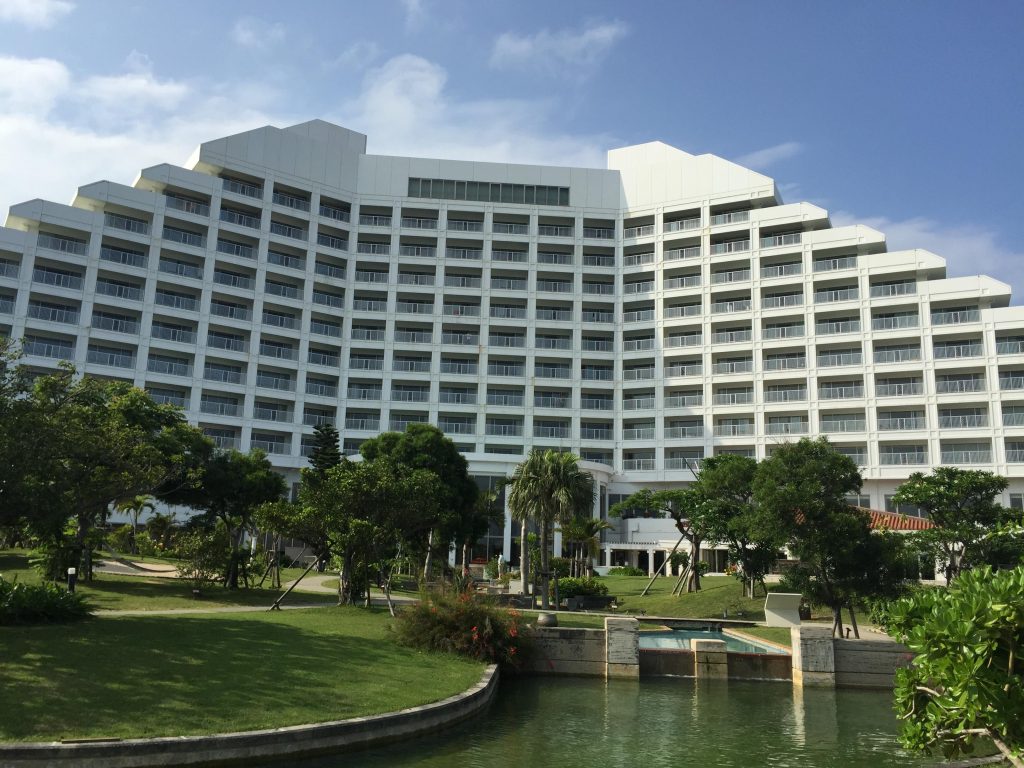
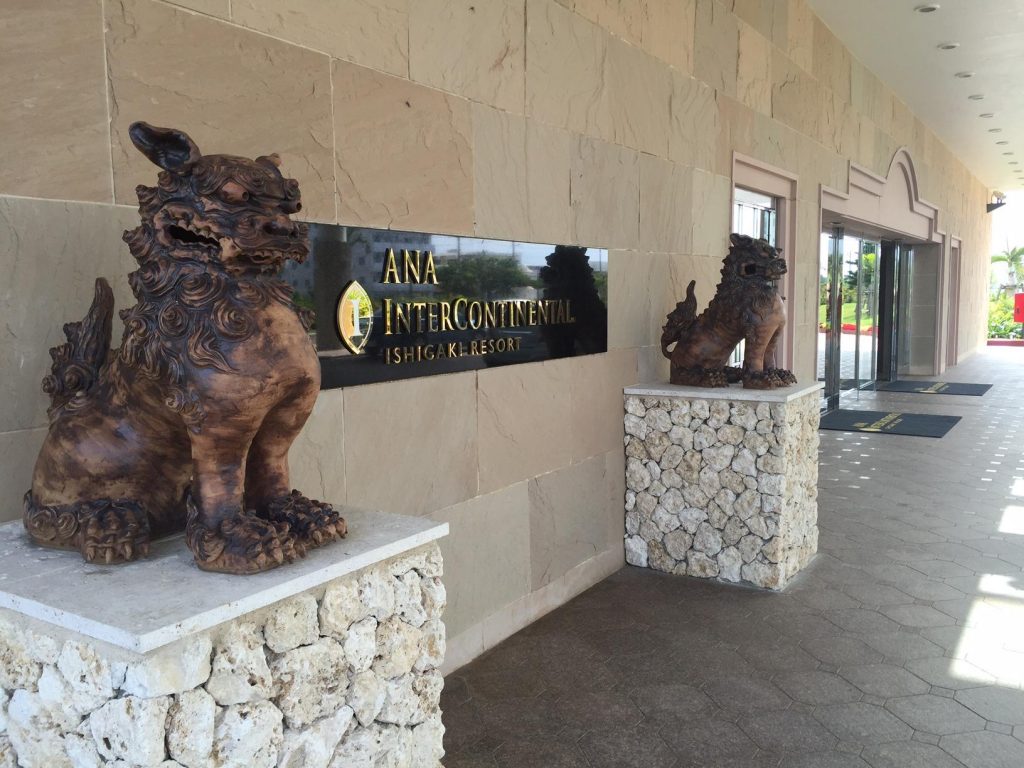
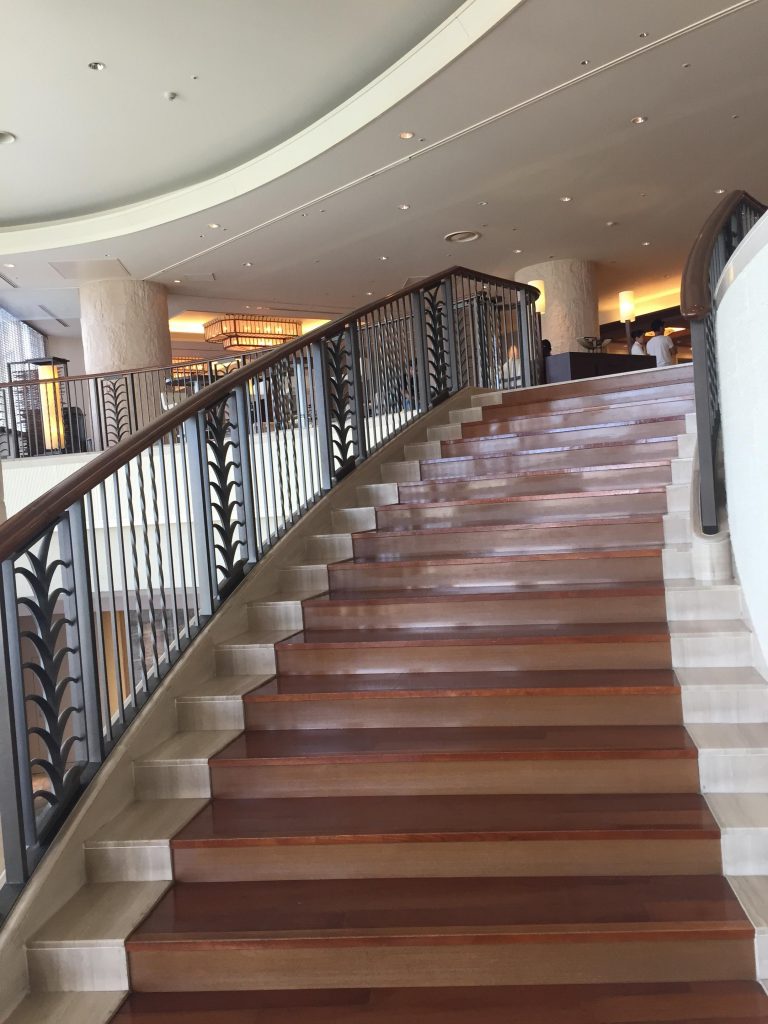

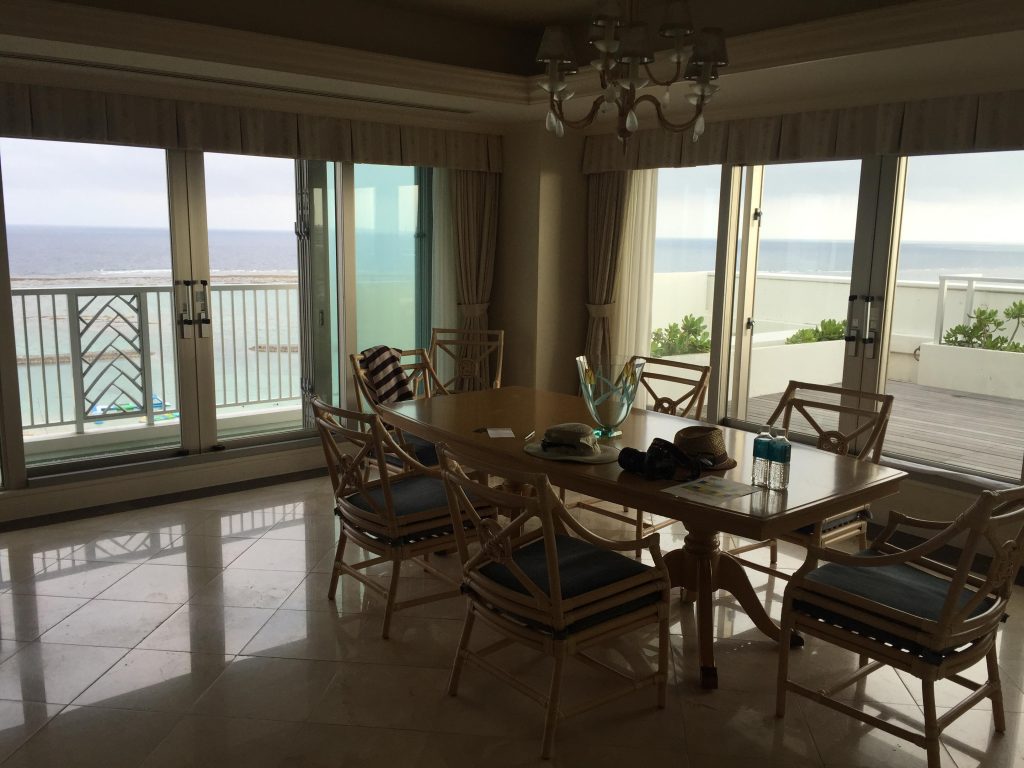
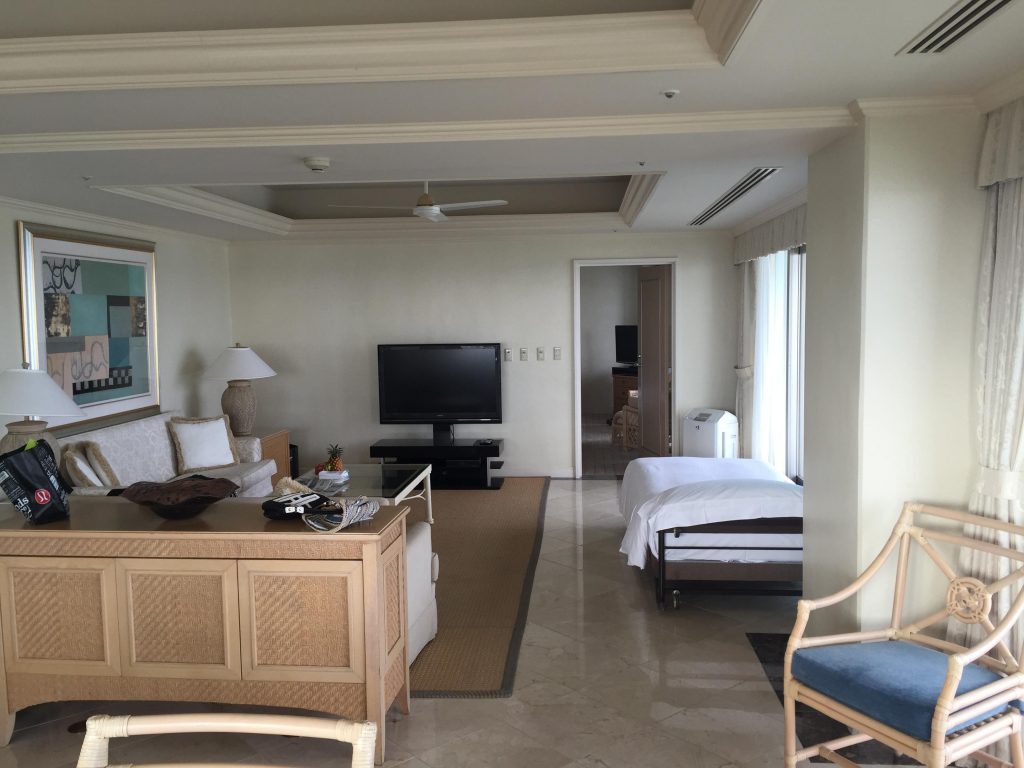
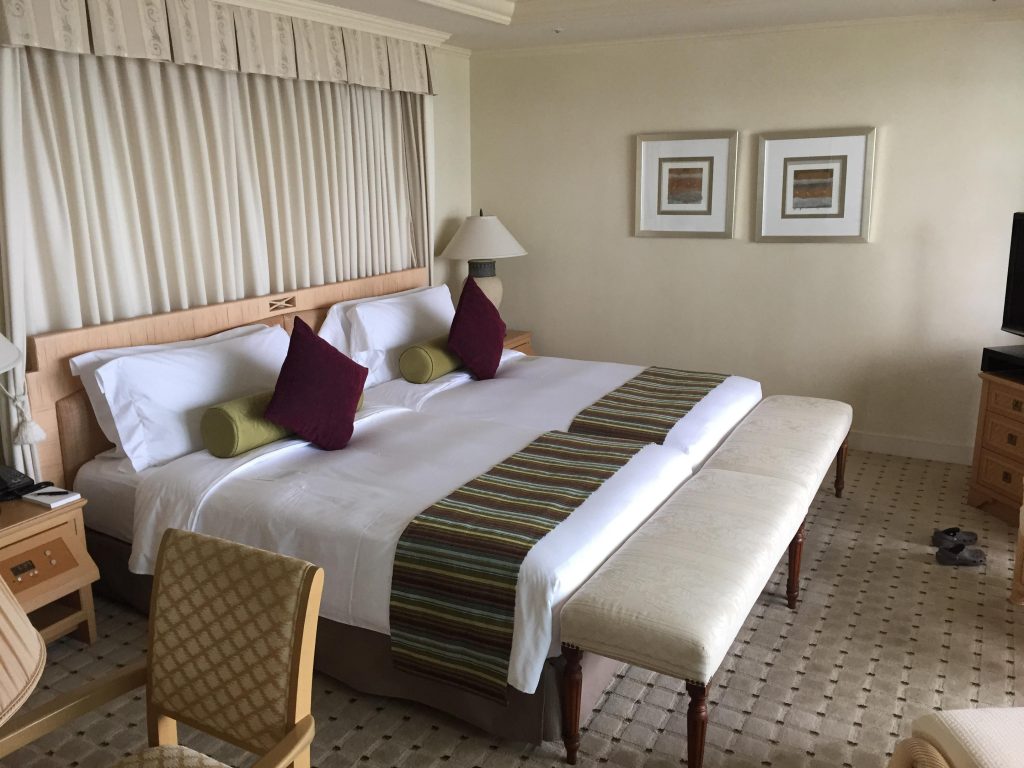


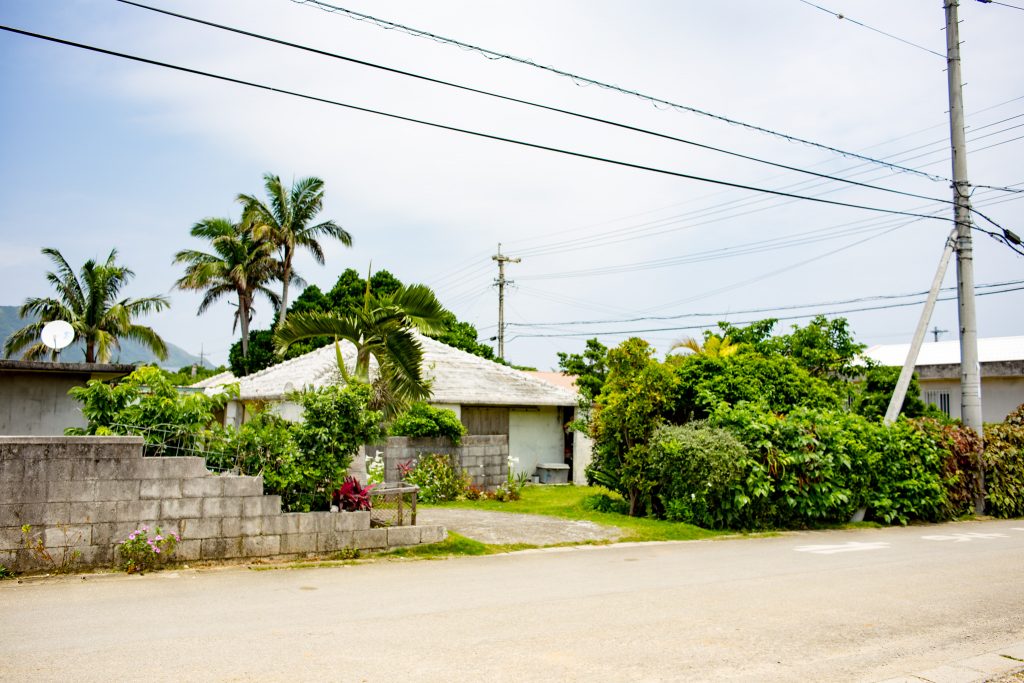
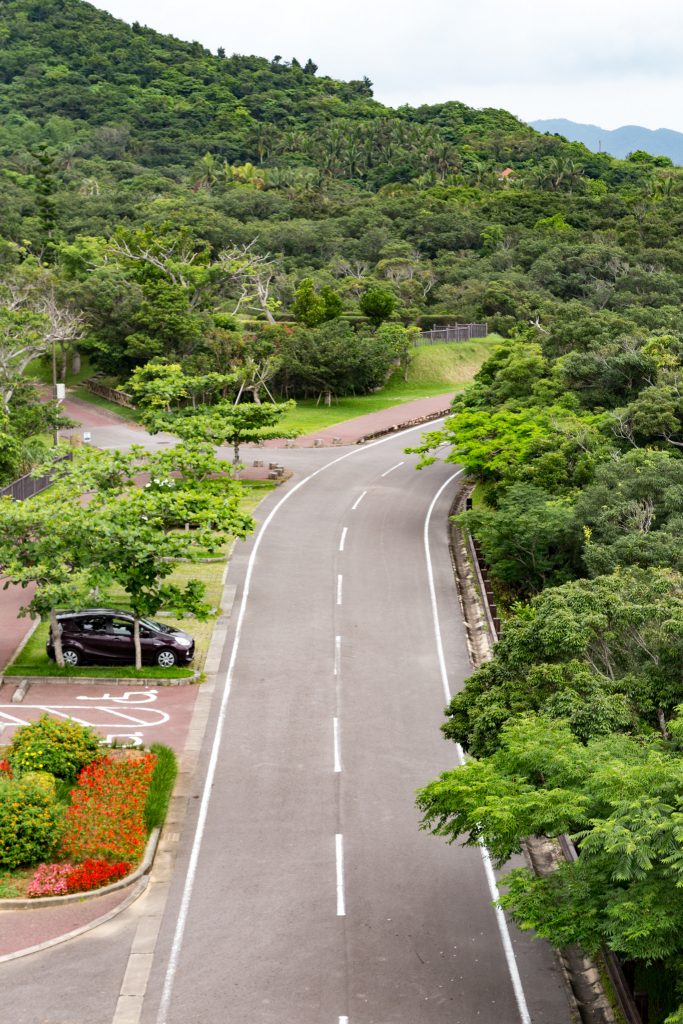
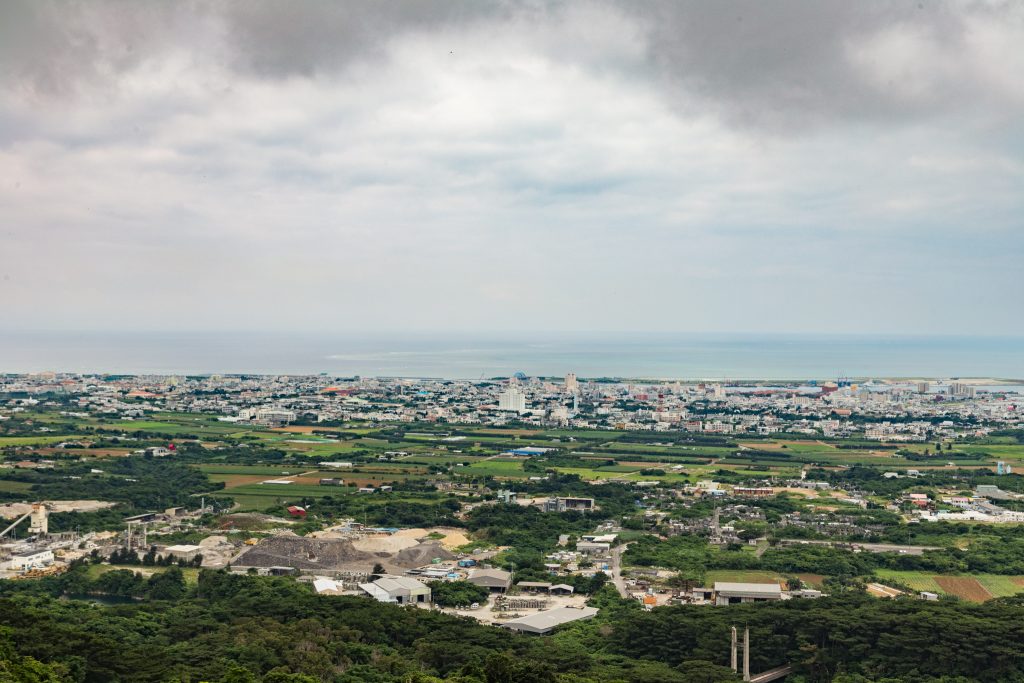
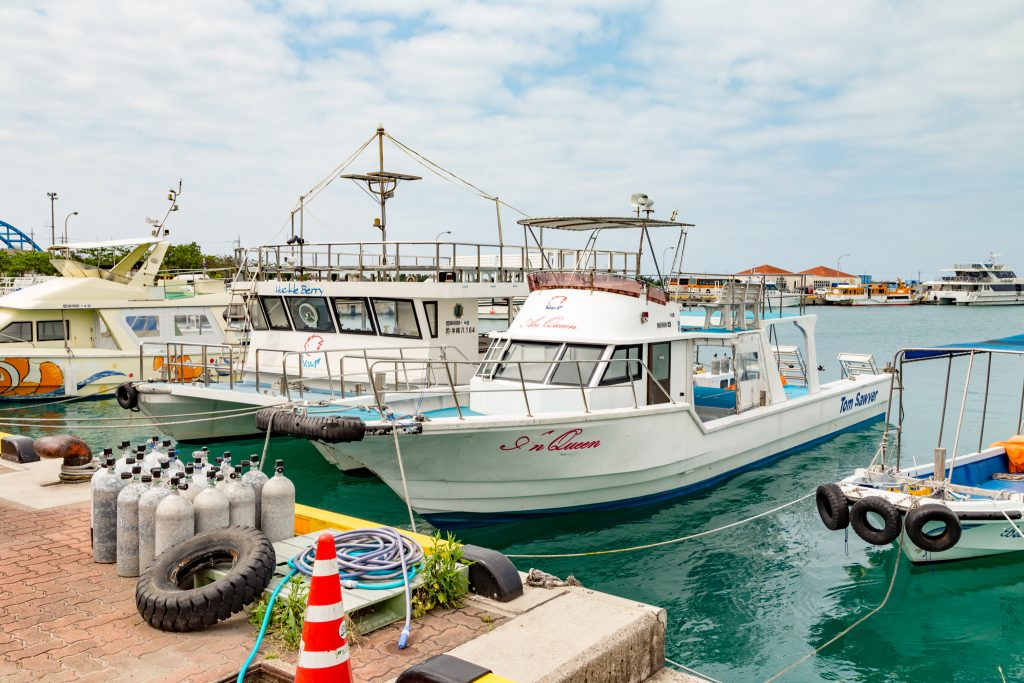
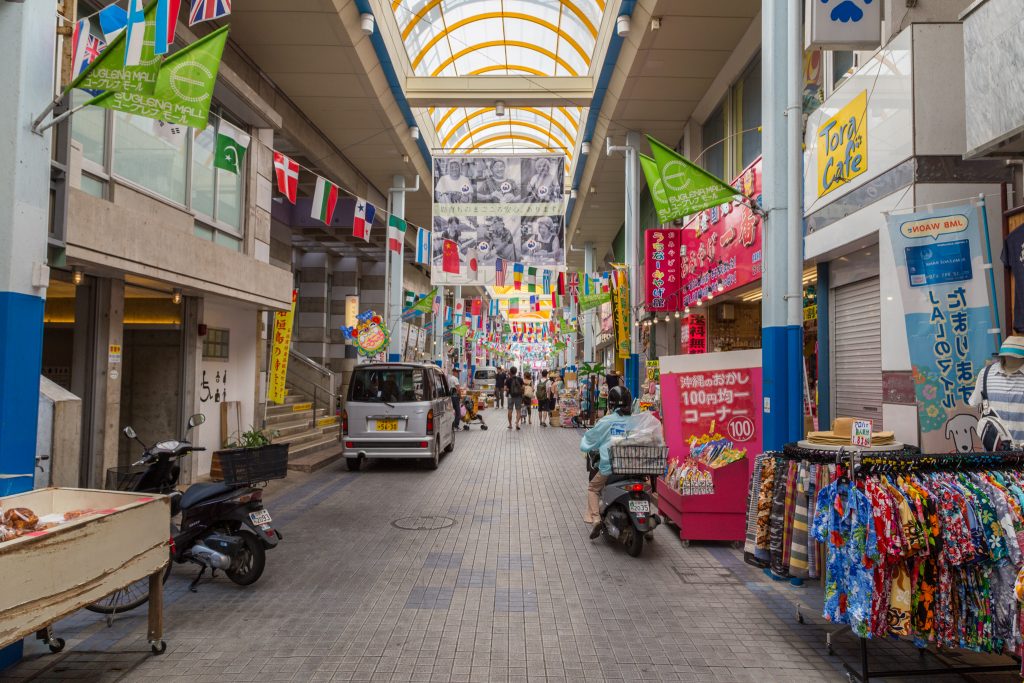
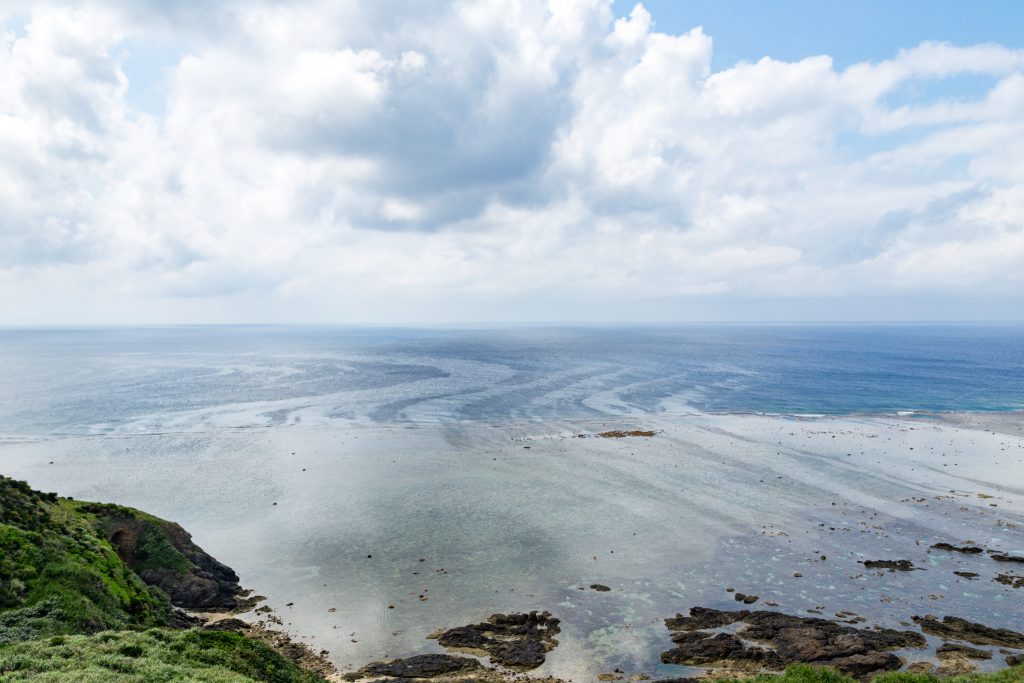

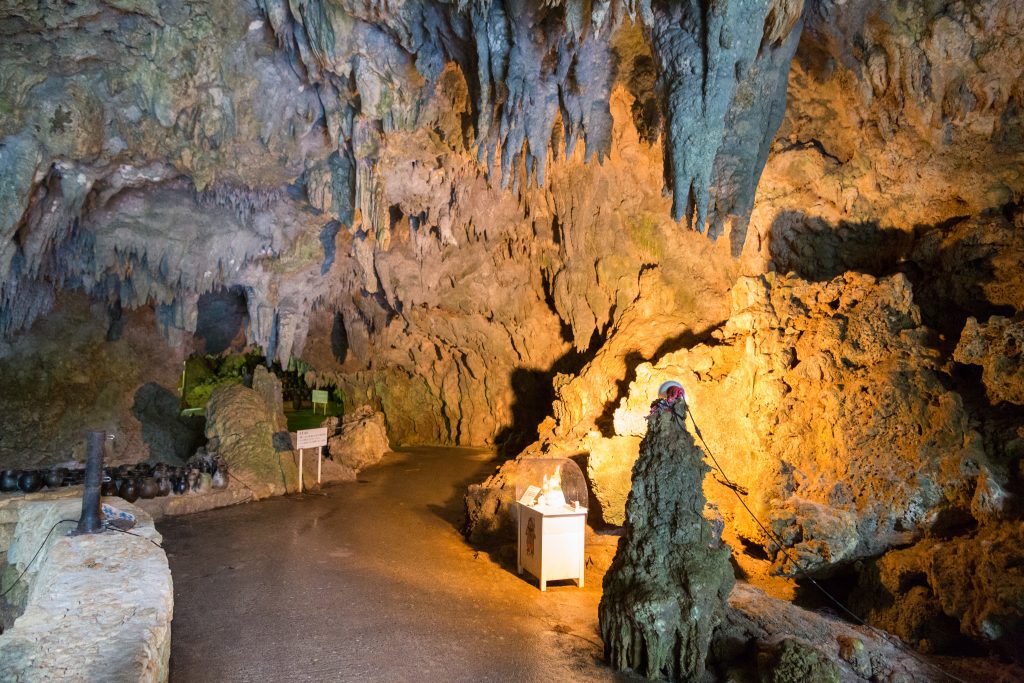
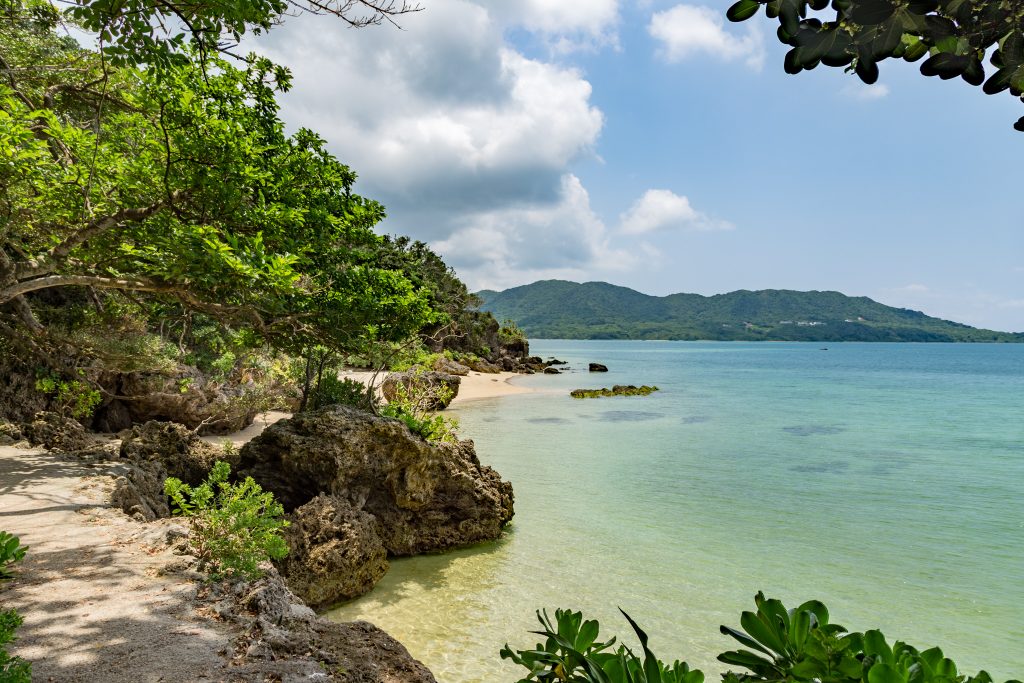

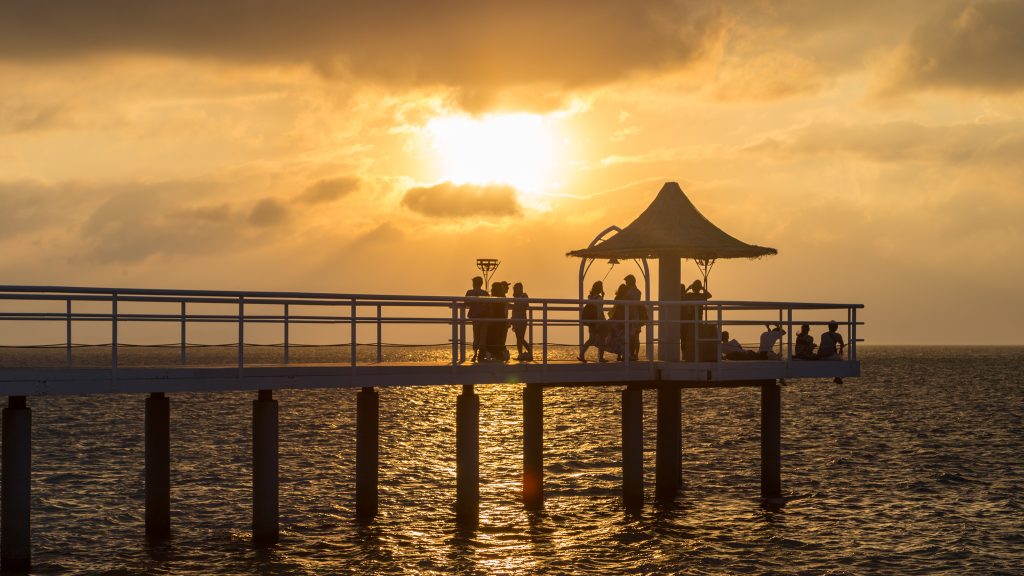

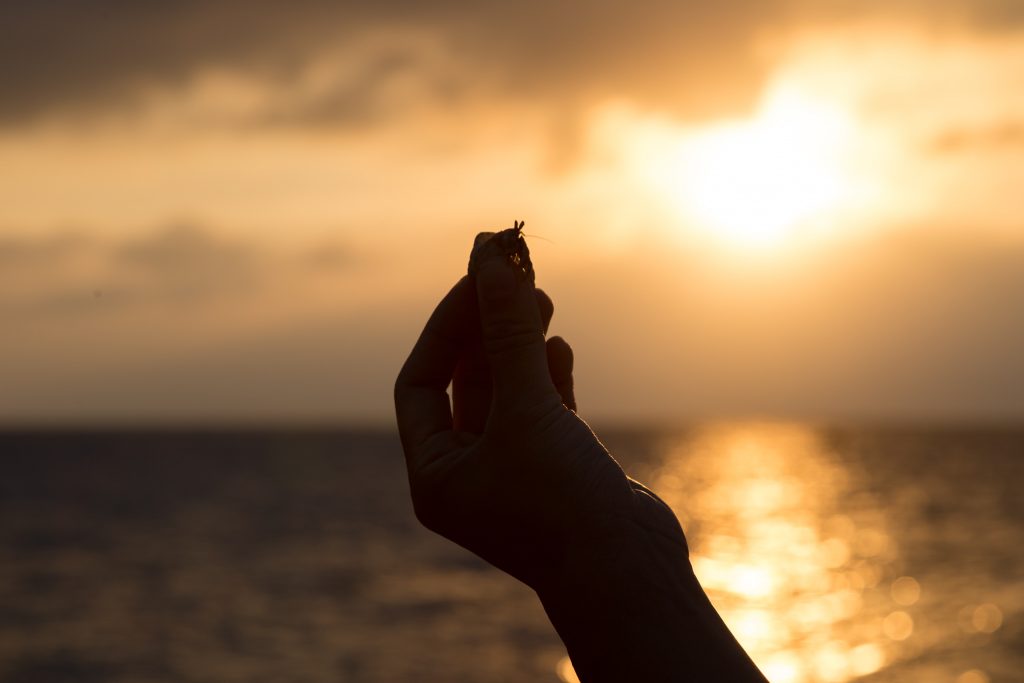
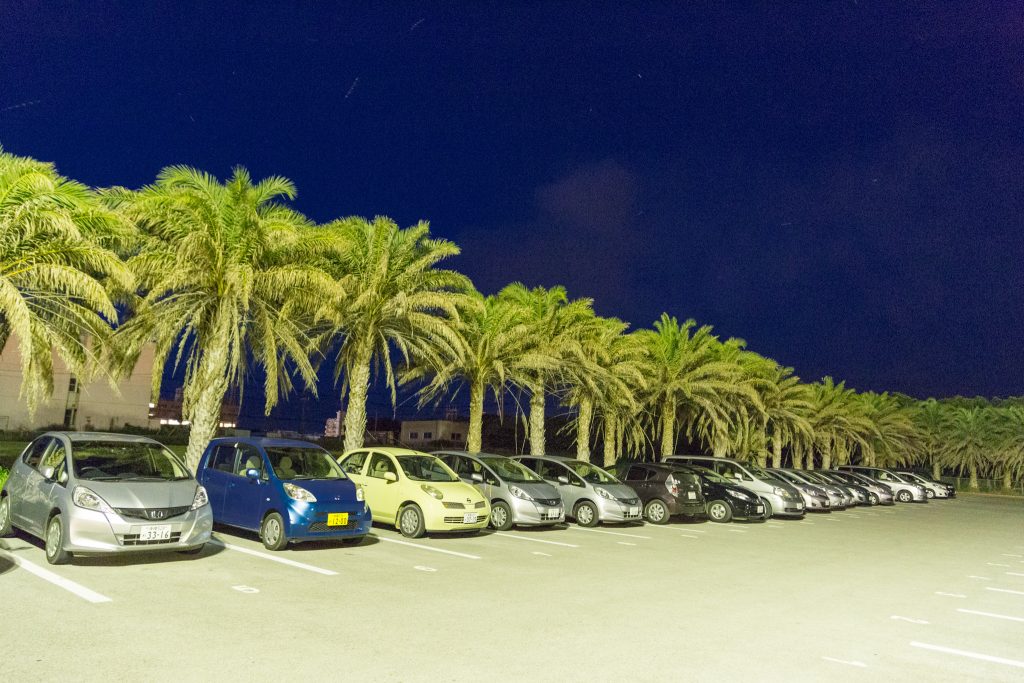
You must log in to post a comment.